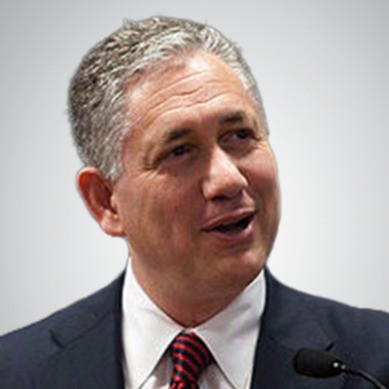Building Better Benefits: Stuart Piltch on Improving Employee Health and Engagement
Building Better Benefits: Stuart Piltch on Improving Employee Health and Engagement
Blog Article
Employee advantages have been a vital aspect in getting and keeping talent, but in recent years, the target has moved toward promoting all around health and well-being. Stuart Piltch, a acknowledged leader in healthcare visiting and Stuart Piltch insurance technique, are at the forefront of the transformation. His progressive way of developing worker advantages applications seeks not just to provide insurance but also to enhance the physical and intellectual wellness of employees.

The Change Toward Holistic Staff Benefits
Usually, employee benefits targeted mainly on health insurance and pension plans. Nevertheless, Piltch has acknowledged that contemporary workforces need more extensive support. His method integrates physical wellness, psychological wellness, financial wellness, and work-life harmony in to a simple logical strategy.
“Health is not merely about doctor trips and medications—it's about how exactly employees sense at the office, their strain levels, their financial balance, and their ability to steadfastly keep up a work-life balance,” Piltch explains.
This change shows an increasing knowledge that employee wellness and productivity are strongly linked. Healthy personnel are far more involved, miss less workdays, and subscribe to a far more positive and collaborative function environment.
Revolutionary Advantages Strategies
Piltch's worker benefits programs are designed with the employer's budget and the employee's wants in mind. A number of his essential strategies include:
1. Improved Psychological Health Help
Realizing the raising impact of mental health concerns, Piltch has advocated for expanding use of emotional wellness resources. His benefits programs often include:
- Free or low-cost therapy sessions.
- Usage of mindfulness and strain administration programs.
- 24/7 emotional health hotlines.
2. Wellness Incentives
Piltch's applications contain incentives for employees to take part in balanced behaviors. As an example:
- Gymnasium membership reimbursements.
- Economic rewards for typical health checkups.
- Step challenges and wellness competitions.
3. Telemedicine and Electronic Care
Piltch has been an earlier advocate for telemedicine, ensuring that workers have use of healthcare experts any time, anywhere. Virtual attention reduces the buffer to seeking support and encourages employees to address health problems early.
4. Financial Wellness Programs
Knowledge that financial stress impacts general health, Piltch has incorporated economic literacy applications in to advantages packages. These programs contain:
- Debt counseling and budget planning.
- Pension preparing assistance.
- Worker inventory purchase plans.
5. Variable Work Agreements
Piltch has also caused businesses to apply variable work guidelines that promote better work-life harmony, such as for instance:
- Remote perform options.
- Variable hours.
- Compensated intellectual wellness days.
Data-Driven Approach to Worker Advantages
One of many unique factors of Piltch's technique is his use of information to fine-tune advantages programs. By examining employee wellness tendencies, advantages application, and feedback, Piltch assists companies regulate their choices to generally meet the evolving needs of their workforce.
“Advantages are not static—they have to evolve with the workforce,” Piltch says. “The main element is hearing workers and using data to make a plan that really helps them.”
The Effect on Worker Wellness and Company Achievement
Piltch's revolutionary benefits programs have generated measurable improvements in equally staff wellness and business performance. Businesses that have used his strategies record:

- Larger worker pleasure – Employees experience respected and supported.
- Decrease absenteeism – Increased wellness results in less sick days.
- Improved output – Workers are far more focused and engaged.
- Better retention rates – Workers are prone to stay with companies that help their well-being.
Realization
Stuart Piltch ai's method of worker benefits presents a change toward an even more holistic and individualized type of worker care. By addressing bodily, emotional, and economic health together, Piltch helps businesses produce a wholesome, more engaged workforce. His data-driven techniques ensure that employee benefits remain effective and applicable, contributing not only to specific well-being but also to overall company success.
Report this page